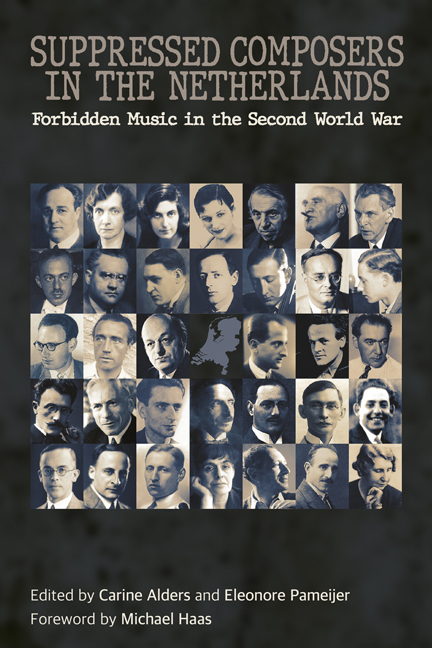8 - Géza Frid
Published online by Cambridge University Press: 09 May 2024
Summary
The Hungarian Géza Frid was one of the key figures in the post-war Dutch musical world. To escape the authoritarianism and discrimination in his own country, he fled to the Netherlands in 1927, but always remained true to the musical language of his roots. From 1941, as a stateless Jew, Frid was prohibited from performing in public. He became involved in illegal activities and the artists’ resistance movement, and it is a miracle he survived the war. After the liberation, he resumed his life as an artist, and for years he was one of the most frequently performed composers in the Netherlands.
Frid was born on 25 January 1904 in Máramarossziget, a small town in what was then Hungary (it is now Sighetu Marmaţiei in Romania). At the age of four, his mother gave him piano lessons, and later he went to the local music school. As a child prodigy, he had had the ability to play by ear every piece of music he heard on the piano, and gave his first concert in 1911, as a seven-year-old. In 1913, the family moved to Budapest, where he continued his piano studies at the Ferenc Liszt Academy of Music. He was indebted to his teachers Béla Bartók (piano) and Zoltán Kodály (composition) not only for their pedagogical skills but also for their support against the anti-Semitic regime of Admiral Horthy. By 1921, a numerus clausus for Jews had been imposed at the university. In 1924 Frid graduated in piano and composition and, a few years later, he left his native country because of the rising fascism and his desperately poor living conditions, but he maintained close contact with Bartók and Kodály for the rest of their lives.
After touring with the Hungarian violinist (and good friend) Zoltán Székely in Italy, Frid was encouraged by Székely, who was married to a Dutch woman, to emigrate to the Netherlands in 1927. Székely offered him the guest room in his home in Nijmegen, and a job as his accompanist, and Frid leapt at the opportunity. Off to ‘a land of milk and honey’, as he wrote, ‘the land of freedom and justice, without acute financial difficulties, bedbugs and headaches’.
- Type
- Chapter
- Information
- Suppressed Composers in the NetherlandsForbidden Music in the Second World War, pp. 93 - 100Publisher: Boydell & BrewerPrint publication year: 2024

